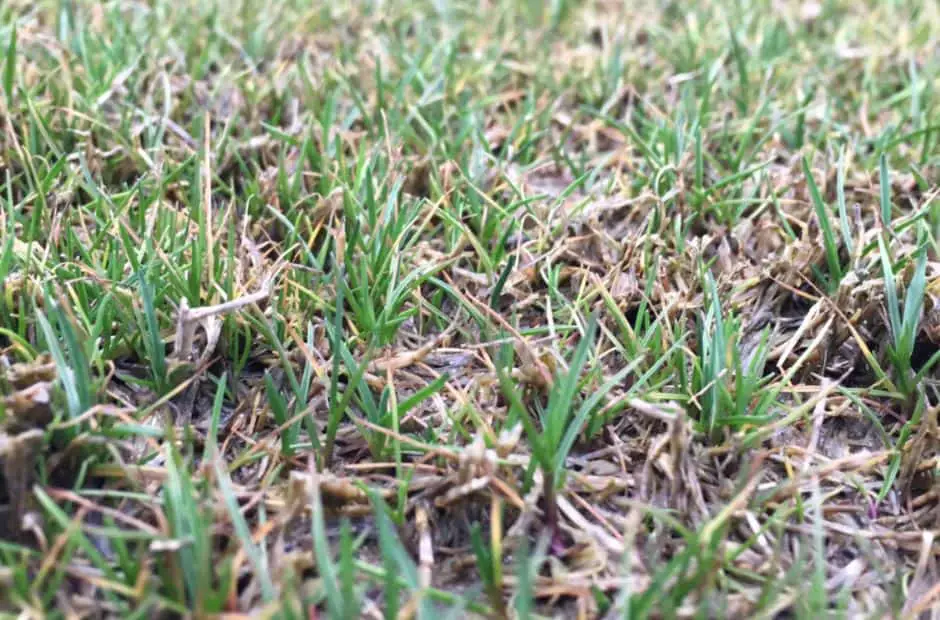The cool-season grass known as Kentucky bluegrass is a native of Europe, Asia, Algeria, and Morocco. Although this plant is not indigenous to the country, it is cultivated throughout the East Coast and may even be produced with irrigation in the West.
Information about Kentucky Bluegrass

What Does Bluegrass From Kentucky Look Like?
The height of Kentucky bluegrass at maturity ranges from 20 – 24 inches (51 – 61 cm). Its “V”-shaped leaves make it quite easy to identify. It may spread and produce new grass plants because of its rhizomes. Rhizomes of Kentucky bluegrass develop swiftly and thicken into sod in the spring.
There are more than 100 varieties of this grass, and most outlets that sell grass seeds will offer a selection. Additionally, bluegrass seed is commonly offered in blends with other grass seeds. Your grass will be more evenly sized as a result.
There are more than 100 varieties of this grass, and most outlets that sell grass seeds will offer a selection. Additionally, bluegrass seed is commonly offered in blends with other grass seeds. Your grass will be more evenly sized as a result.
Planting Kentucky Bluegrass
The ideal soil temperature for planting Kentucky bluegrass seed is between 50 and 65 degrees Fahrenheit (10 to 18.5 degrees Celsius) in the autumn. For a plant to survive the winter, the soil must be warm enough for germination and the growth of roots. Kentucky bluegrass may be grown alone or in combination with other kinds to create a unique mix.
Kentucky Bluegrass as Forage
Crop The Kentucky bluegrass is sometimes utilized for grazing animals. It may resist light grazing if given time to mature correctly. It thrives as a grazing crop when combined with other cold-season grasses.
Kentucky Bluegrass Maintenance
This grass needs at least 2 inches (5 cm) of water every week to be healthy, grow, and be green since it is a cool-season grass. It will be required to irrigate your land if your region receives less water than this. If irrigation is necessary, water the lawn regularly in tiny quantities rather than heavily once a week. The grass could fall dormant in the summer if it doesn’t receive enough water.
When nitrogen is added, Kentucky bluegrass will perform much better. 6 pounds per 1000 square feet (2.5 kilograms per 93 square meters) may be required during the first year of growth. In later years, 3 pounds per 1000 square feet (1.5 kilograms per 93 square meters) be enough. In locations with fertile soil, less nitrogen could be required.
When weeds flourish, dandelions, crabgrass, and clover often grow on Kentucky bluegrass lawns. Pre-emergent herbicide use on lawns once a year is the most effective management method. Early spring is the ideal time to do this before weeds become obvious.
Mowing Kentucky Bluegrass Lawns
Maintaining young grass at a 2-inch (5 cm) height is ideal. It has to be mowed before it grows to a height of 3 inches (7.5 cm). Only cut the grass as short as this since doing so will pluck up new seedlings and harm the general health of the lawn.

